Home>Garden Essentials>How To Preserve Greenery With Glycerin
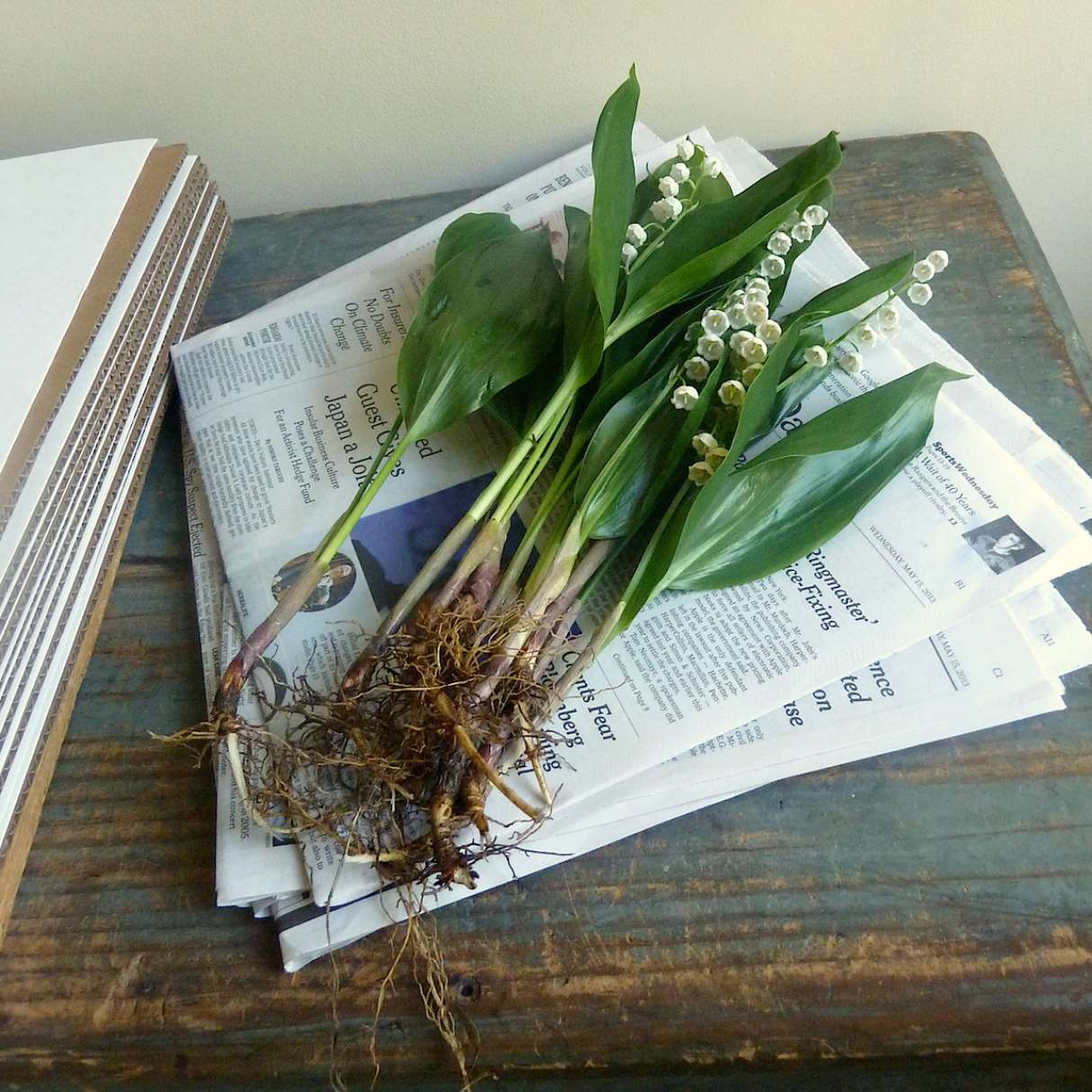

Garden Essentials
How To Preserve Greenery With Glycerin
Modified: March 7, 2024
Learn how to preserve the greenery in your garden using glycerin. Discover effective techniques to maintain the freshness and vibrancy of your plants for longer-lasting beauty.
(Many of the links in this article redirect to a specific reviewed product. Your purchase of these products through affiliate links helps to generate commission for Storables.com, at no extra cost. Learn more)
Introduction
Preserving greenery is a wonderful way to bring the beauty of nature into our homes and events. Whether you’re looking to preserve flowers, leaves, or other green foliage, using glycerin can be an effective and natural method. Glycerin is a versatile substance that has long been used in various industries, including cosmetics, food, and pharmaceuticals. Its ability to retain moisture and flexibility makes it an excellent choice for preserving greenery.
In this article, we will explore the benefits of using glycerin to preserve greenery and provide step-by-step instructions on how to do it effectively. We will also share some tips and precautions to keep in mind when using glycerin. So, if you’re ready to learn how to preserve your favorite greenery, let’s dive in!
Key Takeaways:
- Preserve greenery with glycerin to maintain natural color, texture, and flexibility. Enjoy the beauty of nature for an extended period with this eco-friendly and sustainable preservation method.
- Use glycerin soaking, spraying, or dipping to preserve greenery effectively. Experiment with different methods and concentrations for best results, and enjoy the lasting charm of your preserved greenery.
Read more: How To Preserve Holiday Greenery
What is Glycerin?
Glycerin, also known as glycerol or glycerine, is a colorless and odorless liquid that is derived from fats and oils. It is a natural compound found in plant-based oils and animal fats, making it a renewable and sustainable resource. Glycerin has a sweet taste and a syrupy texture, which makes it a common ingredient in various consumer products, such as soaps, lotions, and pharmaceuticals.
Definition of Glycerin: Glycerin is a trihydroxy sugar alcohol that is primarily used for its moisturizing properties and as a natural preservative. It has the chemical formula C3H8O3 and belongs to the family of polyols, which are compounds with multiple hydroxyl (OH) groups.
Properties of Glycerin: Glycerin has several unique properties that make it an ideal substance for preserving greenery. Firstly, glycerin is hygroscopic, meaning it has the ability to attract and retain water molecules from its surroundings. This property allows glycerin to keep the greenery hydrated, preventing it from drying out and maintaining its natural appearance.
Secondly, glycerin has excellent preserving qualities. It acts as a desiccant, drawing out the moisture from the greenery and replacing it with glycerin. This process helps to maintain the shape, color, and texture of the greenery without causing it to wilt or decay. Additionally, glycerin has a low volatility, meaning it has a slow evaporation rate, allowing the preserved greenery to maintain its moisture and flexibility for a longer period.
Overall, the unique properties of glycerin make it an effective and natural choice for preserving greenery. By utilizing glycerin, you can prolong the lifespan of your favorite flowers, leaves, and foliage while retaining their beauty and freshness.
Benefits of Using Glycerin to Preserve Greenery
Preserving greenery with glycerin offers several benefits that make it a popular choice among gardening enthusiasts, florists, and event planners. Let’s explore some of the advantages of using glycerin for preserving greenery:
Preserve Natural Color and Texture
One of the main benefits of using glycerin is that it helps to maintain the natural color and texture of the greenery. When greenery is preserved using glycerin, it retains its vibrant hues, allowing you to enjoy the beauty of nature for a longer time. Additionally, the preserved leaves and flowers maintain their original texture, providing a more realistic and lifelike appearance.
Retain Moisture and Flexibility
Glycerin acts as a natural humectant, meaning it attracts and retains moisture. When greenery is preserved using glycerin, it remains hydrated and supple, preventing it from becoming dry and brittle. This helps to preserve the natural flexibility of the leaves and stems, making them more pliable and easier to work with for various floral arrangements or crafts.
Read more: How To Preserve Greenery After Cutting
Extend Lifespan of Greenery
Preserving greenery with glycerin significantly extends its lifespan compared to untreated greenery. Glycerin replaces the water within the plant cells, preventing them from drying out and deteriorating. This preservation process helps to maintain the freshness and vitality of the greenery for an extended period, allowing you to enjoy its beauty long after its natural lifespan would have ended.
By using glycerin to preserve your greenery, you can enjoy the benefits of enhanced longevity, preserved natural color and texture, and retained moisture and flexibility. These advantages make glycerin an excellent choice for preserving your favorite flowers, leaves, and foliage, whether they are for decorative purposes in your home or for creating stunning floral arrangements for special occasions.
Methods for Preserving Greenery with Glycerin
Preserving greenery with glycerin can be done through various methods, depending on the type of greenery and your desired outcome. Here are three common methods for preserving greenery with glycerin:
Glycerin Soaking
Glycerin soaking is a simple and effective method for preserving greenery. In this method, you create a glycerin solution by mixing glycerin with water in the appropriate ratio. The greenery, such as leaves or small branches, is then submerged in the glycerin solution and left to soak for several days to a few weeks, depending on the thickness of the plant material. The glycerin is absorbed by the greenery, replacing the water and preserving its natural beauty.
Glycerin Spray
Glycerin spray is a convenient method for preserving delicate greenery, such as flowers or thin leaves. You can create a glycerin spray solution by diluting glycerin with water in a spray bottle. The greenery is lightly misted with the glycerin spray, ensuring that all parts are evenly coated. The glycerin will be absorbed by the greenery, maintaining its color, texture, and flexibility.
Read more: How To Preserve Lemongrass
Glycerin Dip
The glycerin dip method is suitable for preserving individual greenery elements, such as flower stems or small branches. In this method, you create a solution of glycerin and water in a container. The greenery is dipped into the glycerin solution, allowing it to fully immerse for a few minutes. This allows the glycerin to penetrate the plant material and replace the moisture, preserving its natural characteristics.
Each method has its advantages and suitability for different types of greenery. Choosing the appropriate method depends on factors such as the type of greenery, its size, and the specific preservation requirements. Experimenting with different methods can help you determine the most effective technique for preserving your greenery with glycerin.
Step-by-Step Guide: How to Preserve Greenery with Glycerin
Preserving greenery with glycerin is a straightforward process that requires a few simple steps. Follow this step-by-step guide to effectively preserve your favorite greenery:
Step 1: Gather Necessary Supplies
Before you begin the preservation process, gather all the supplies you will need. This includes:
- A container or vase to hold the glycerin solution
- Glycerin (available at most pharmacies or craft stores)
- Water
- Pruning shears or scissors to trim the greenery
- Optional: floral tape or wire for shaping or arranging the preserved greenery
Step 2: Prepare the Glycerin Solution
In a container, mix a solution of glycerin and water. The ideal ratio is typically 1 part glycerin to 2 parts water, but you can adjust it based on personal preference and the type of greenery being preserved. Stir the solution gently to ensure the glycerin is well-distributed in the water.
Read more: How To Preserve Woven Baskets
Step 3: Choose and Prepare Greenery
Select the greenery you wish to preserve. This can include leaves, flowers, or small branches. Trim off any excess stems or unwanted parts using pruning shears or scissors. Remove any damaged or discolored leaves or petals.
Step 4: Soak, Spray, or Dip the Greenery in Glycerin
Depending on the method you’ve chosen (soaking, spraying, or dipping), submerge the greenery in the glycerin solution, lightly mist it with the glycerin spray, or dip it into the glycerin solution. Ensure that all parts of the greenery are fully coated or immersed in glycerin.
Step 5: Allow Proper Drying and Curing Time
After soaking, spraying, or dipping the greenery, place it in a cool, dry area where it can properly dry and cure. The drying time can vary depending on the type of greenery and the thickness of the plant material. Generally, it can take anywhere from several days to a few weeks for the glycerin to fully penetrate the greenery and preserve it. Be patient and check the greenery periodically to ensure it is drying properly.
Once the greenery is fully dried, it is ready to be used for various decorative purposes or incorporated into floral arrangements. The preserved greenery will maintain its natural color, texture, and flexibility, allowing you to enjoy its beauty for an extended period.
Following these simple steps will enable you to preserve your favorite greenery with glycerin effectively. Experiment with different methods and techniques to find what works best for your specific greenery and desired outcomes.
Tips and Precautions for Using Glycerin to Preserve Greenery
While glycerin is a fantastic substance for preserving greenery, there are a few tips and precautions to keep in mind to ensure successful results. Here are some important considerations:
Read more: How To Preserve Basil In Freezer
Choosing the Right Glycerin Concentration
Experimenting with different glycerin concentrations can help you achieve the desired results. For most greenery, a ratio of 1 part glycerin to 2 parts water is a good starting point. However, with thicker or hardier plant material, you may need to increase the glycerin concentration slightly. Conversely, if you’re working with delicate or thin greenery, reducing the glycerin concentration may be necessary. Adjust the glycerin concentration based on your specific plant material to achieve the best preservation results.
Avoiding Over-Soaking or Over-Spraying
While glycerin is essential for preserving greenery, using too much can result in overly saturated or limp foliage. Avoid over-soaking or over-spraying the greenery, as this can lead to an excessive concentration of glycerin and moisture. The greenery may become too pliable or even start to decay. Practice moderation when using glycerin and ensure that there is proper airflow throughout the drying and curing process.
Maintaining Proper Storage and Display
After preserving greenery with glycerin, it’s important to store and display it correctly to maintain its longevity. Keep the preserved greenery away from direct sunlight, extreme temperatures, and high humidity levels. Excessive heat or moisture can cause the glycerin to decompose and the greenery to deteriorate. It’s also crucial to handle the preserved greenery with care to prevent any damage or breakage.
Additionally, if you plan to use the preserved greenery in floral arrangements, consider using floral tape or wire to provide support and shape to the stems. This will help the greenery maintain its desired arrangement and prevent it from wilting or drooping over time.
By following these tips and precautions, you can maximize the effectiveness of glycerin for preserving your greenery. Remember, preservation results may vary depending on the type of greenery, environmental conditions, and personal preferences. Feel free to experiment and adapt the process to suit your specific needs and enjoy the beauty of preserved greenery for an extended period.
Conclusion
Preserving greenery with glycerin is an excellent way to enjoy the beauty of nature for an extended period. Whether you’re looking to preserve flowers, leaves, or other green foliage, glycerin offers several benefits that make it a popular choice among gardening enthusiasts and creative individuals. By using glycerin, you can retain the natural color and texture of the greenery, maintain its moisture and flexibility, and extend its lifespan.
When preserving greenery with glycerin, you have several methods to choose from, such as soaking, spraying, or dipping. Each method has its advantages and is suitable for different types of greenery. Whether you’re preserving individual leaves or creating stunning floral arrangements, there’s a glycerin preservation technique that can suit your needs.
Following a step-by-step guide can help you effectively preserve greenery with glycerin. From gathering the necessary supplies to allowing proper drying and curing time, each step is crucial in achieving successful results. By carefully selecting the right glycerin concentration, avoiding over-soaking or over-spraying, and maintaining proper storage and display, you can ensure the longevity and beauty of your preserved greenery.
Remember, preservation results may vary depending on various factors, such as the type of greenery, environmental conditions, and personal preferences. Feel free to experiment and adapt the process to suit your specific needs and desired outcomes.
Preserving greenery with glycerin not only allows you to bring the beauty of nature into your home or events but also provides a sustainable and eco-friendly way to enjoy greenery for a longer time. So, whether you want to create stunning floral arrangements, decorate your living space, or simply cherish the beauty of nature, give glycerin preservation a try and enjoy the lasting charm of your preserved greenery.
Frequently Asked Questions about How To Preserve Greenery With Glycerin
Was this page helpful?
At Storables.com, we guarantee accurate and reliable information. Our content, validated by Expert Board Contributors, is crafted following stringent Editorial Policies. We're committed to providing you with well-researched, expert-backed insights for all your informational needs.

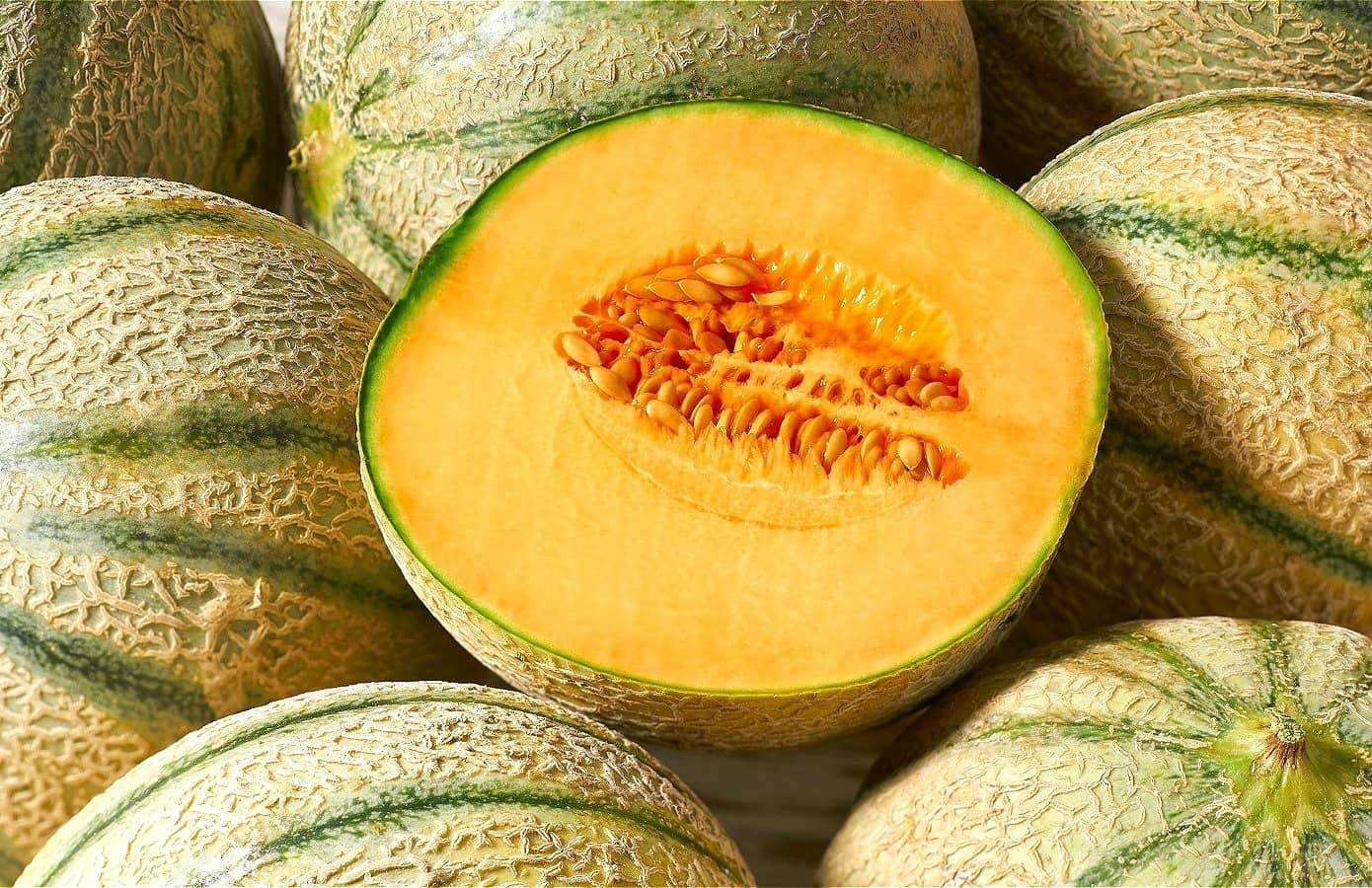
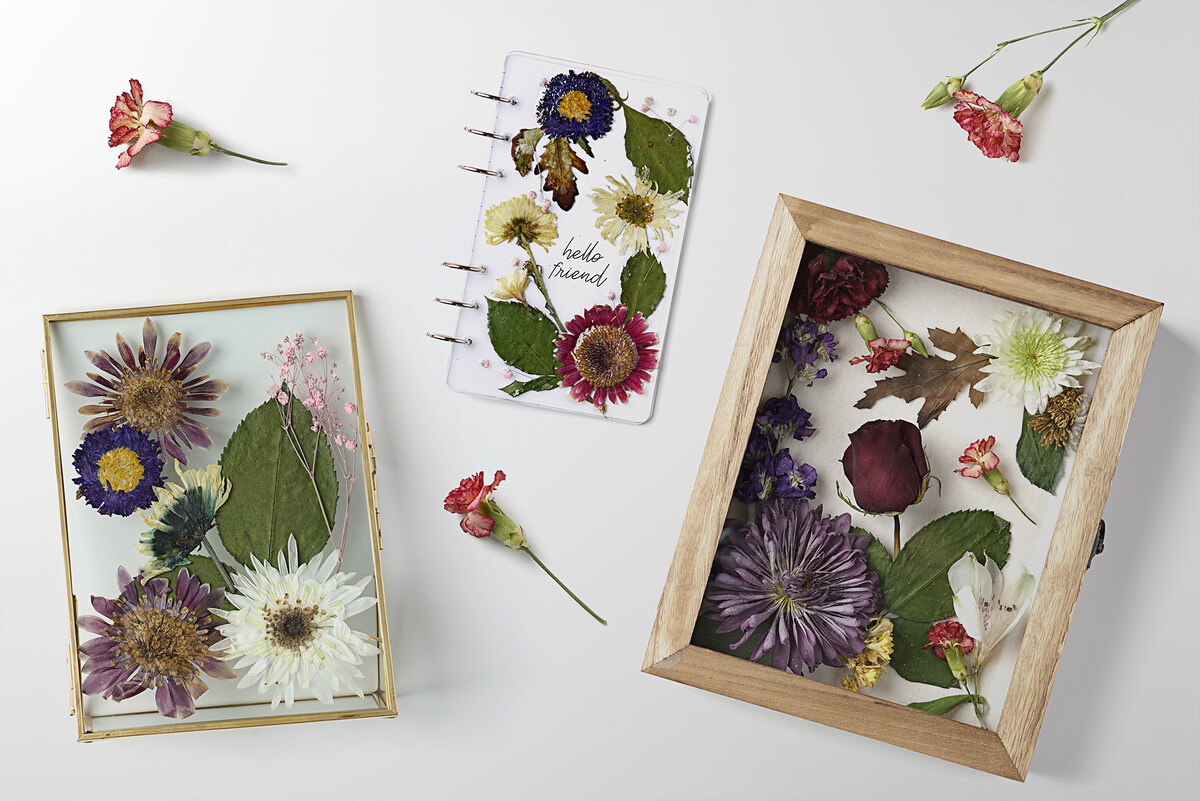
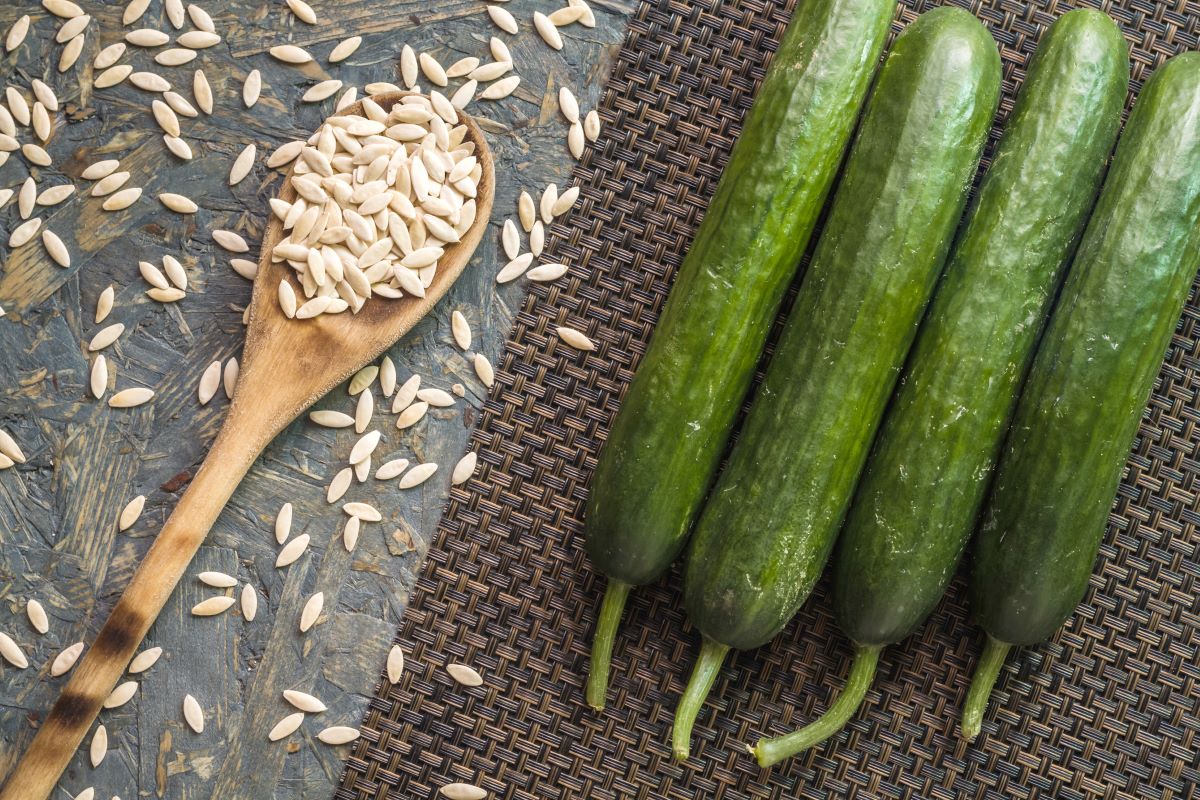

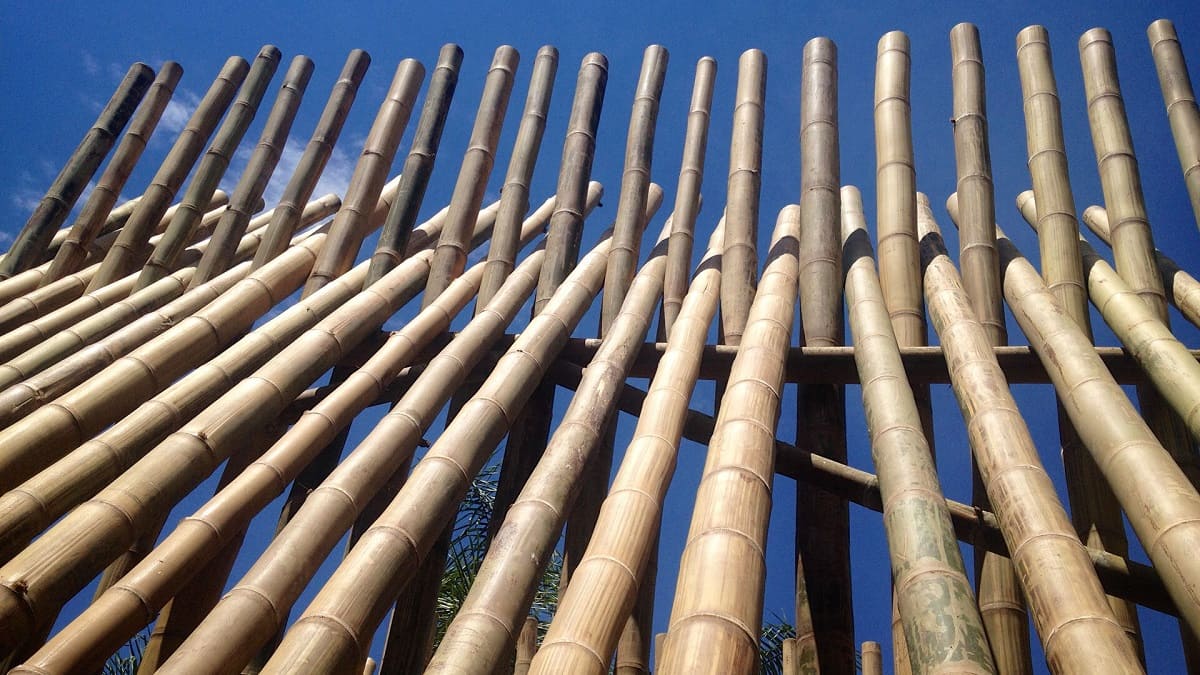
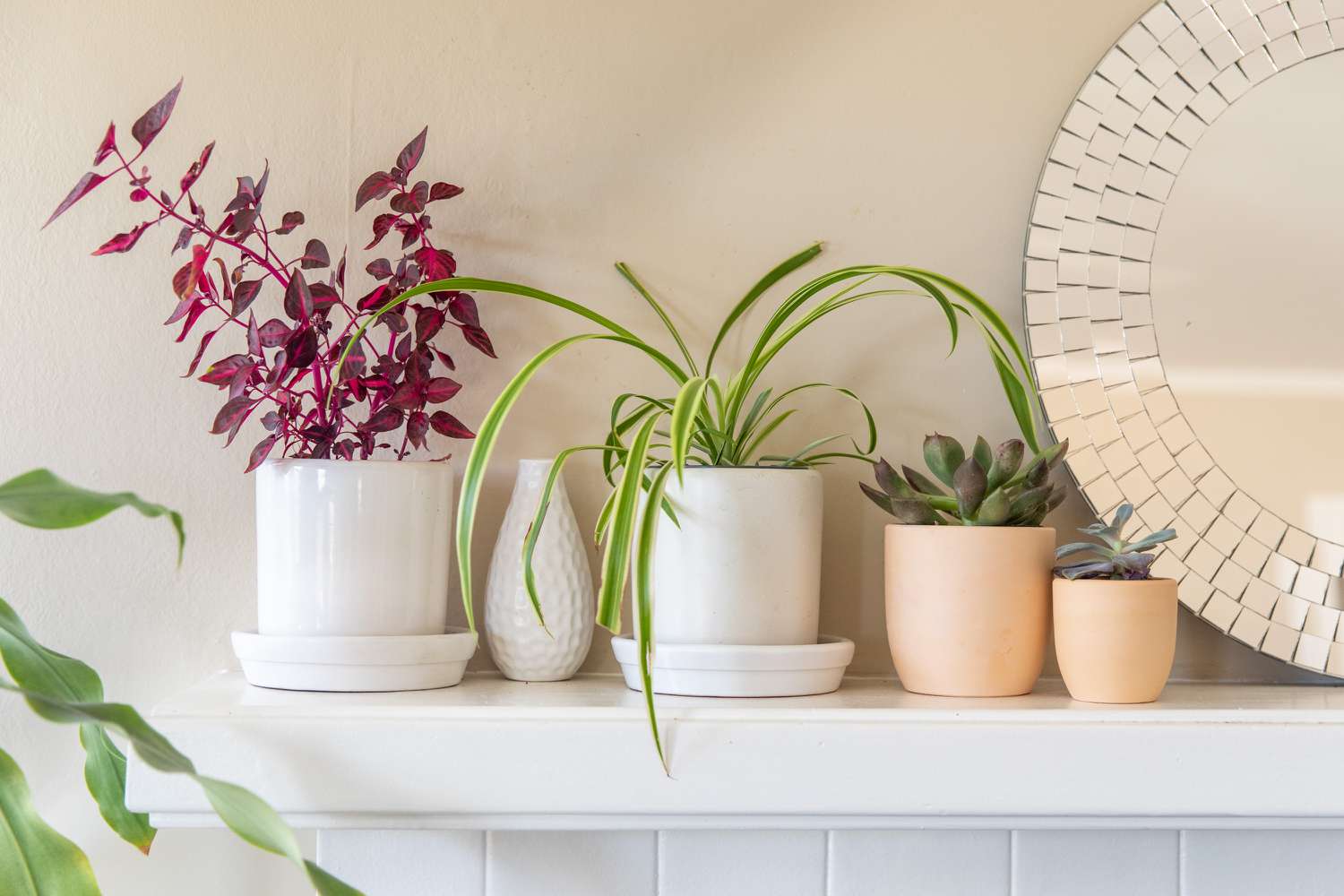
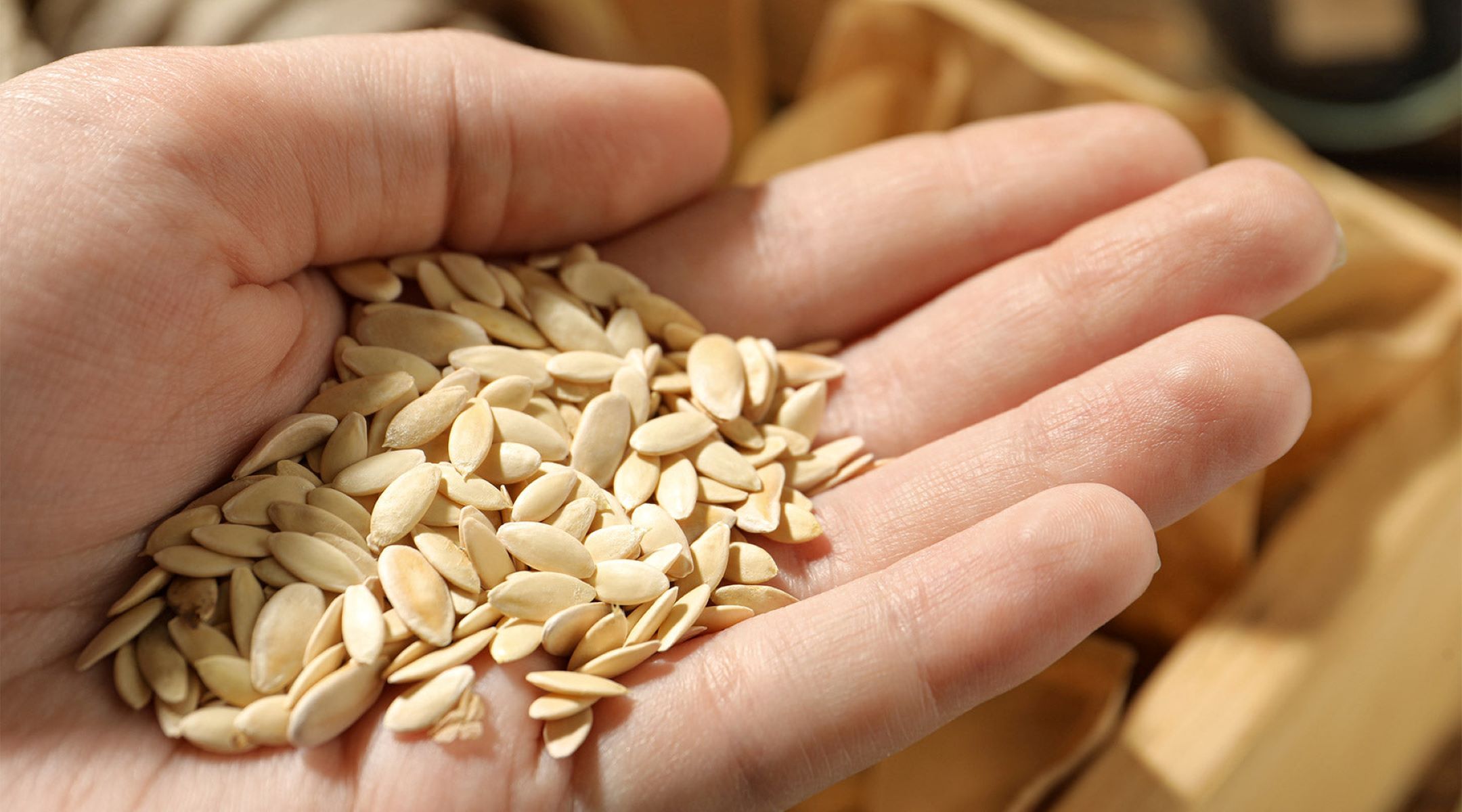

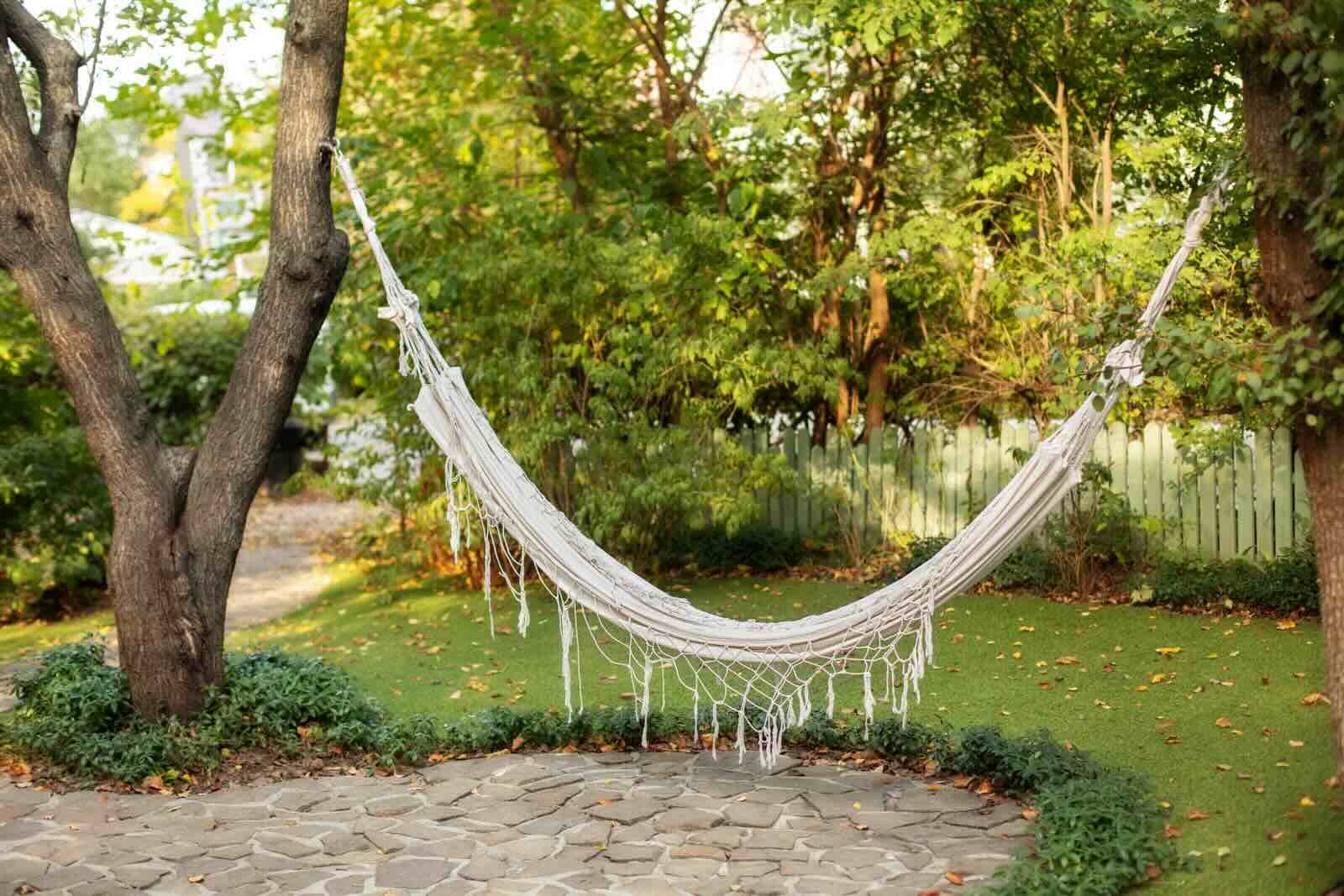
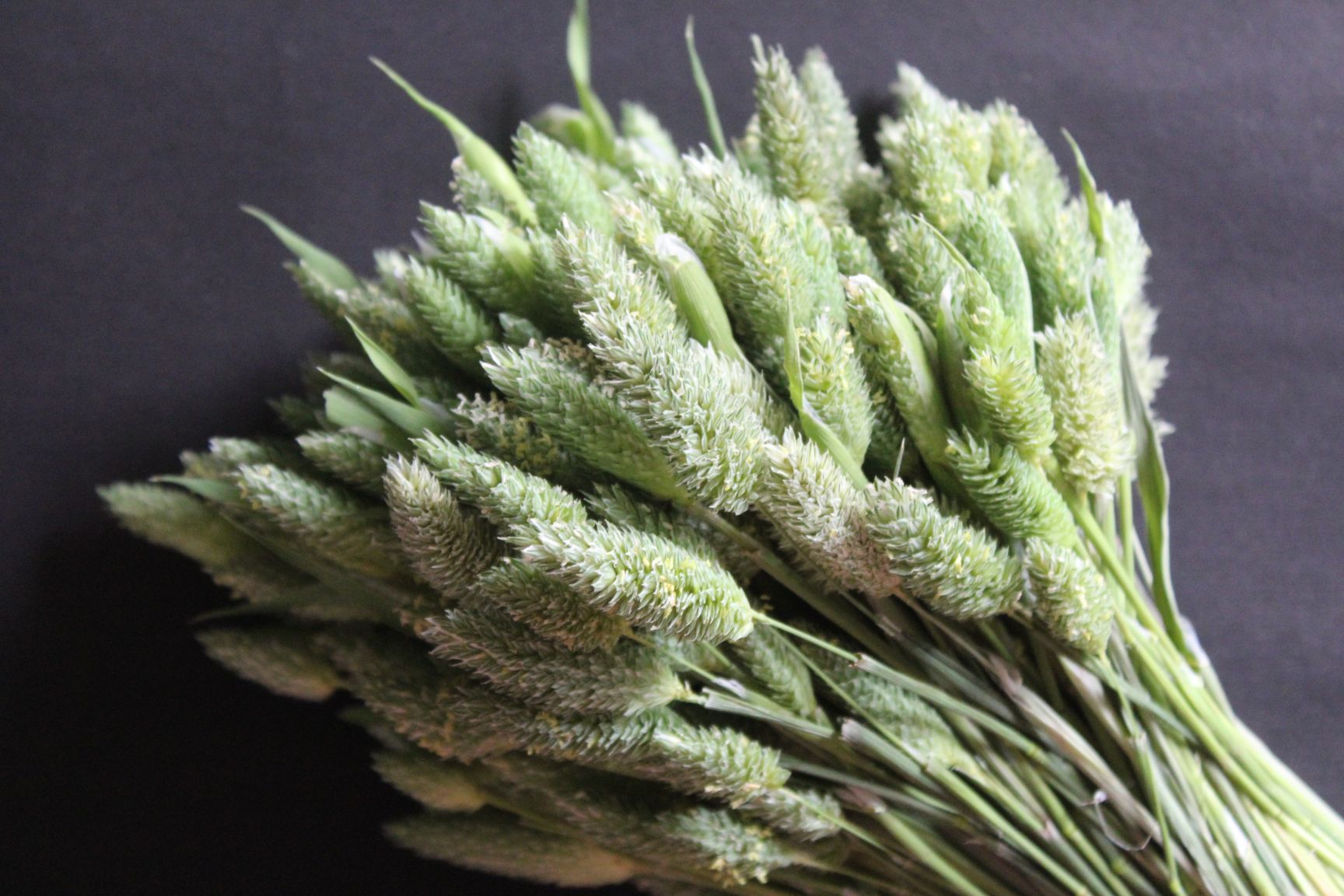

0 thoughts on “How To Preserve Greenery With Glycerin”